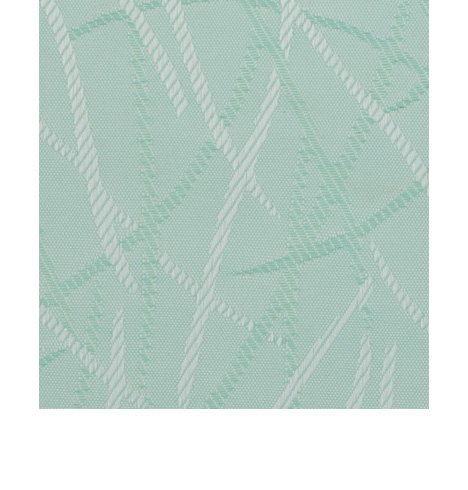Fabric vertical blinds with an anti-microbial coating can significantly contribute to healthier indoor air quality in a number of ways. The antimicrobial treatment is designed to inhibit the growth of bacteria, mold, mildew, and other harmful microorganisms that can thrive on fabric surfaces, especially in humid or poorly ventilated spaces. Here’s how this contributes to improving air quality:
Prevention of Mold and Mildew Growth
Humidity control: In areas with high humidity (like bathrooms, kitchens, or basements), mold and mildew can develop on fabric surfaces. Over time, mold spores can be released into the air, leading to poor indoor air quality and potential respiratory issues. Anti-microbial coatings on vertical blinds help prevent mold and mildew growth, minimizing the release of these spores into the air.
Reduced odor: Mold and mildew growth can also result in unpleasant odors. The anti-microbial coating helps to keep fabric fresh, preventing odors from developing and contributing to a healthier-smelling indoor environment.
Reduction of Dust Mite Population
Dust mites are tiny insects that thrive in fabric materials, especially in moist or warm environments. These mites can trigger allergic reactions in sensitive individuals and contribute to respiratory issues like asthma. Anti-microbial coatings can inhibit the growth of dust mites on vertical blinds fabric, reducing their presence and the allergens they produce.
Lower allergen levels: By preventing dust mites and other microorganisms from colonizing the fabric, these blinds can help maintain lower allergen levels in the room, leading to improved air quality and lessening the likelihood of allergic reactions.
Inhibition of Bacteria Growth
Bacterial buildup: Fabric vertical blinds, especially in high-traffic areas, can sometimes accumulate bacteria from human contact, airborne particles, or environmental pollutants. The anti-microbial treatment inhibits the growth of harmful bacteria, reducing the potential for bacteria to spread throughout the space.
Cleaner air: By limiting bacterial growth on the blinds, the amount of bacteria in the air is also reduced. This can contribute to a healthier living space, particularly in areas where cleanliness and hygiene are important, such as homes with young children, elderly family members, or people with weakened immune systems.

Long-Term Maintenance of Cleanliness
Ease of cleaning: The antimicrobial coating helps the fabric resist staining, so less dirt, grime, and pollutants stick to the surface. This makes the blinds easier to clean and maintain, ensuring that they stay cleaner for longer periods.
Reduced need for chemical cleaners: Because antimicrobial-treated vertical blinds remain cleaner for longer, they require less frequent deep cleaning, reducing the need for harsh chemical cleaners that can contribute to indoor air pollution.
Improved Hygiene in Commercial Spaces
In commercial settings such as hospitals, schools, or offices, where large numbers of people gather and indoor air quality is critical, antimicrobial-coated vertical blinds can help maintain a cleaner environment. By reducing microbial growth on the blinds, these treatments help keep the overall indoor air quality healthier, especially in high-traffic or high-risk areas.
Reduction in Airborne Particles
Microbial contaminants: Anti-microbial coatings prevent the spread of microbial contaminants like bacteria and fungi into the air. Since some of these microorganisms can become airborne through regular movement (such as air circulation or brushing against the fabric), reducing their proliferation directly contributes to better indoor air quality.
Longer Lifespan of Vertical Blinds
Anti-microbial treatments can also increase the durability of the fabric by protecting it from the destructive effects of mold, mildew, and bacteria. This means the vertical blinds will remain in better condition for longer, helping to keep the room cleaner and less prone to dirt accumulation or microbial contamination that could degrade air quality.

 中文简体
中文简体 英语
英语 西班牙语
西班牙语







